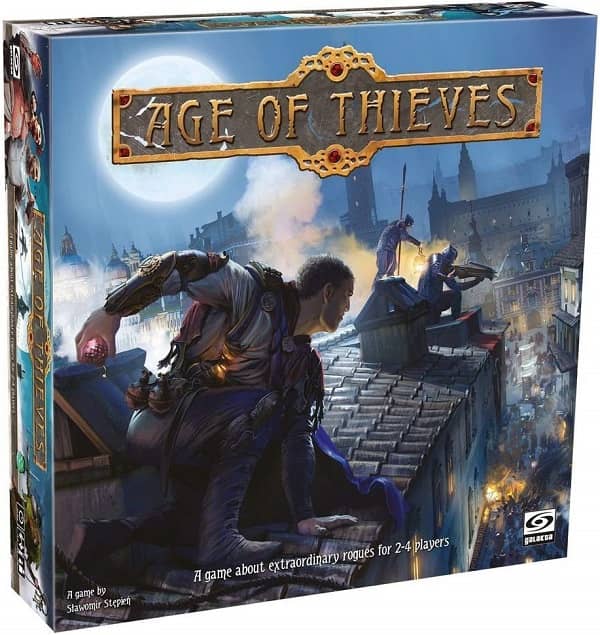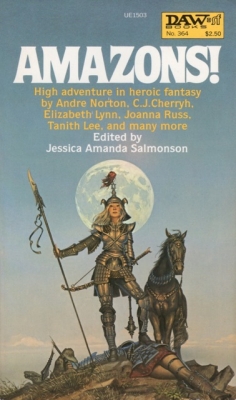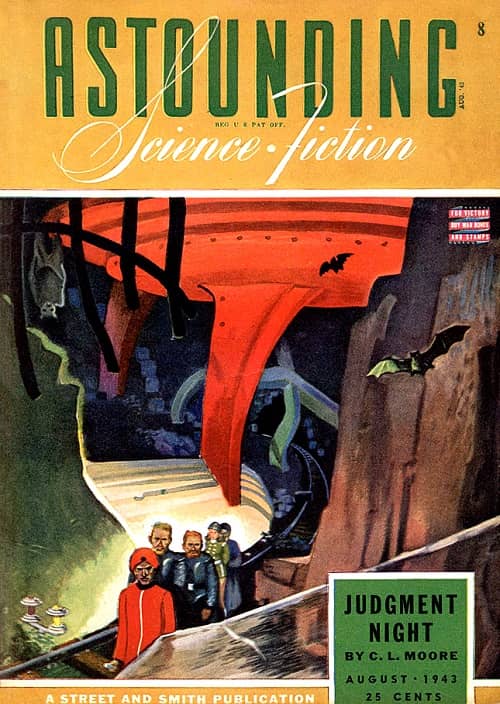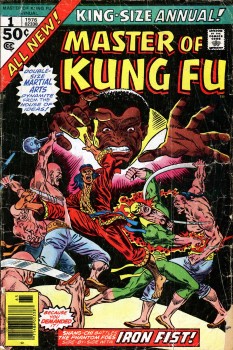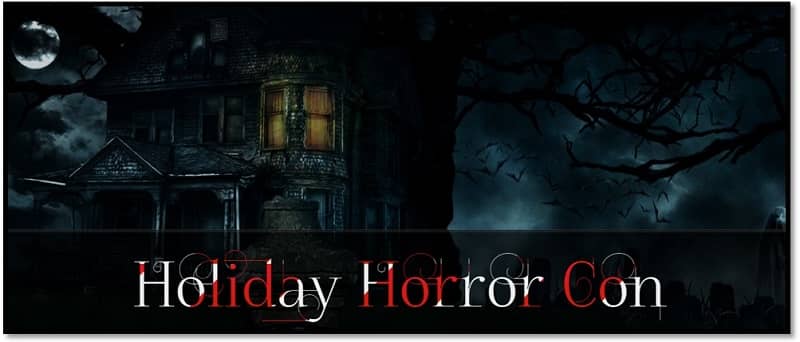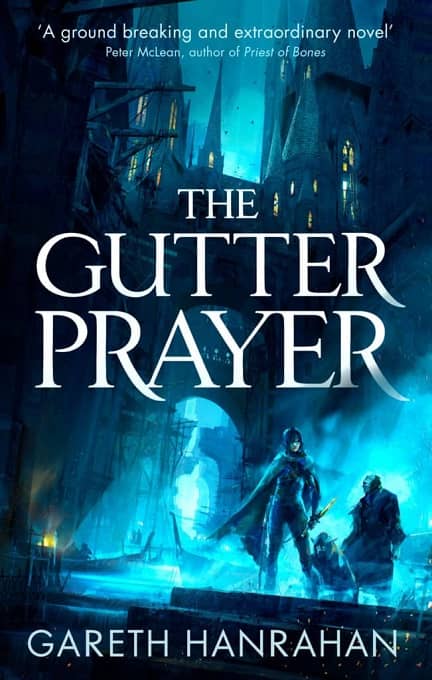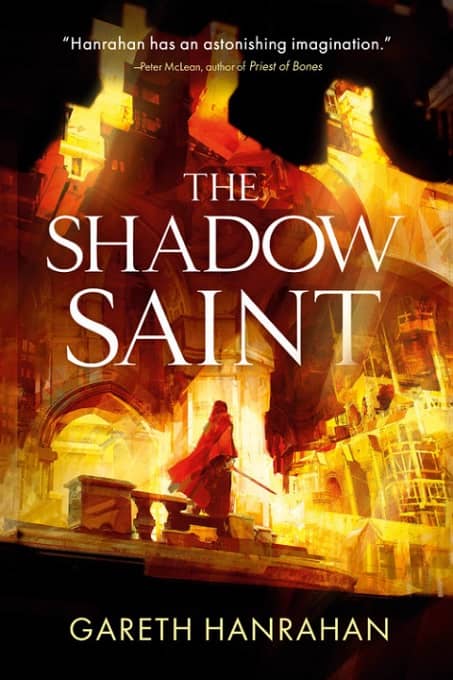The Most Daring Burglary of Your Career: Age of Thieves
I attended Gen Con back in August, took comprehensive notes and hundred of photos of games I wanted, and then came home and gave up. I mean, seriously. So many games.
I’m starting to emerge from this cocoon of total capitulation, and making feeble efforts to sample recent board games again. A few weeks ago publisher Galakta had an online sale, and I bought a copy of Age of Thieves on Amazon for $28. After that I began to timidly look though some of my Gen Con photos, and pretty soon I was buying a Traveller card game and then the off-the-wall Degenesis RPG. I’m not looking for a medal or anything, but hey, it’s a start.
As for Age of Thieves, I’m pretty pleased with it. It’s a competitive game of thieves attempting a daring heist, and then an even more daring escape from a port city as the guards close in. It’s a unique premise, and the map and the art design are gorgeous. Here’s the description.
Age of Thieves is a fantasy board game of strategy and adventure set in Hadria, a port metropolis located on the northern fringes of a mighty Empire. Each player becomes a master thief about to commit the most daring burglary of his career. During the game players may use unique abilities of their thieves as well as various action cards, which represent maneuvers, alchemical potions or complicated devices inspired by visionary ideas of Renaissance inventors… The thief who will manage to escape through one of four city gates taking with him the Emperors’ Jewel or other valuable loot worth the most Victory Points (VP) will be the winner of the game. Anyone who will stay inside Hadria after the event deck is depleted will be caught and mercilessly thrown inside the city dungeon, their names erased from the annals of the omnipotent Guild.
Age of Thieves is a fairly simple 2-4 player game that lasts 1-2 hours, and is especially suitable for folks who prize imaginative settings. It was published by the Polish development house Galakta, who describe it as “a clockpunk game of strategy and adventure,” and that’s pretty much spot on.
